Four charges are placed at the vertices of a rectangle as shown in figure. The magnitude of cha nC. Assume E and F are the mid points of AB and DC respectively.
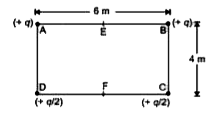
What is the potential at point F?
320 V
310 V
330 V
390 V
The correct Answer is:c
AF = BF
√(AD)2+(DF)2
=√(4)2+(3)2=5m
Now potential at point F,
VF=14πε0[qAF+qBF+q/2DF+q/2CF]
=14πε0[q5+q5+q/23+q/23]
14πε0×11q15=9×109×11×50×10−915
=390V
Similar Questions
Six point charges are placed at the vertices of a hexagon of side 1 m as shown in figure. Net electric field at the centre of the hexagon is
View SolutionSix charges are placed at the vertices of a rectangular hexagon as shown in the figure. The electric field on the line passing through point O and perpendicular to the plane of the figure as a function of distance x from point O is (assume x>>>a)
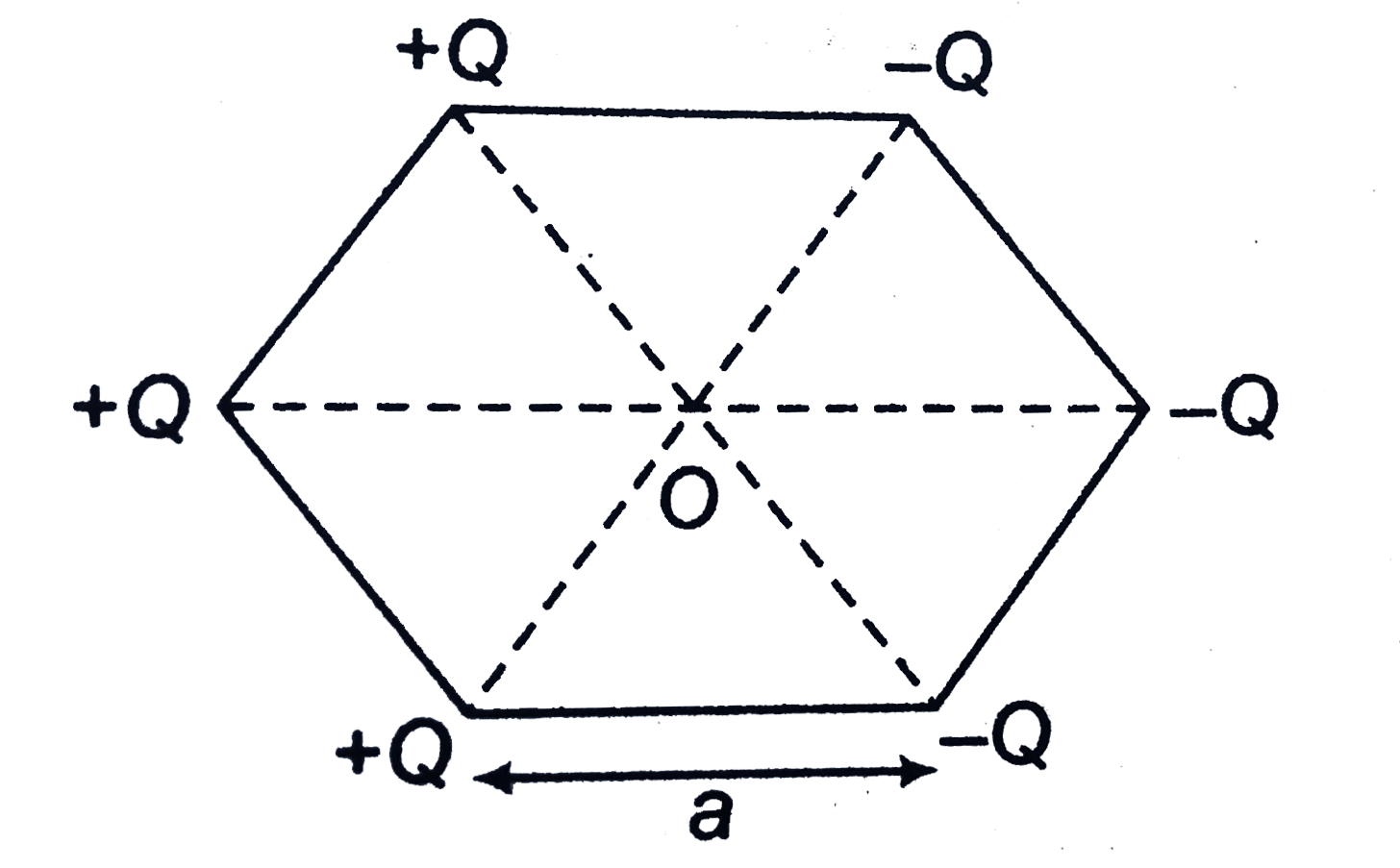
View Solution
Knowledge Check
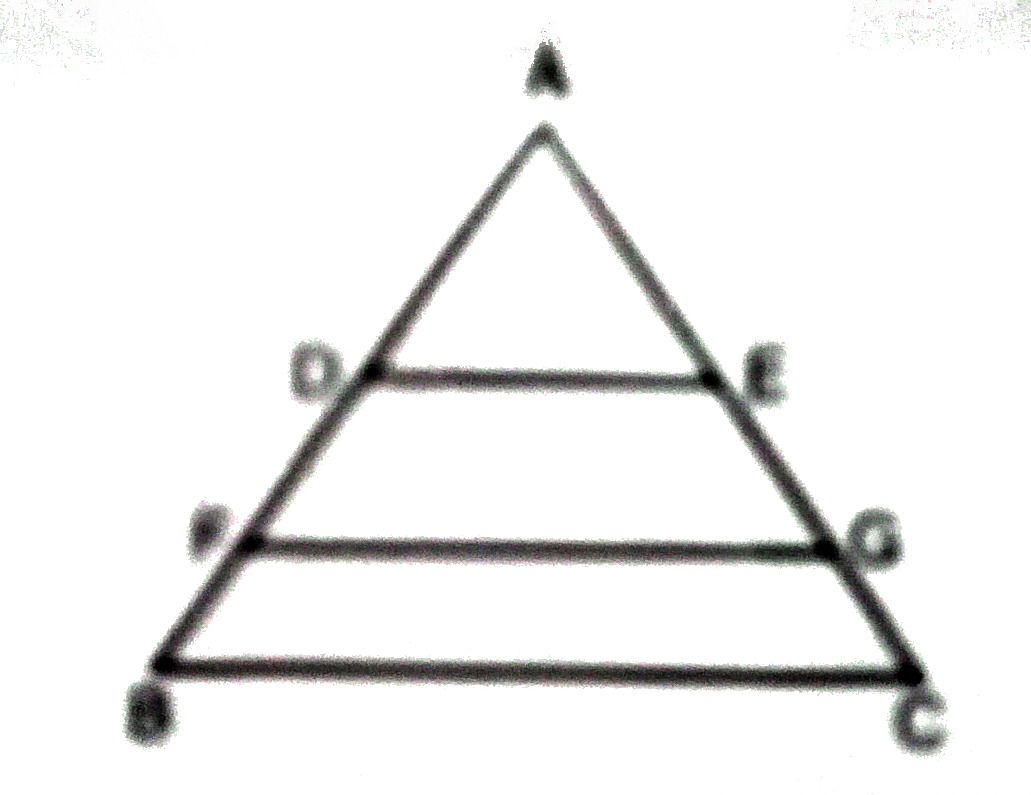 In ΔABC , D and E are the mid-points of AB and AC. Again, F and G are the mid-points of DB and EC. What is the ratio of areas of FDEG and BFGC?A5:7B3:5C2:3DData insufficient to answer
In ΔABC , D and E are the mid-points of AB and AC. Again, F and G are the mid-points of DB and EC. What is the ratio of areas of FDEG and BFGC?A5:7B3:5C2:3DData insufficient to answer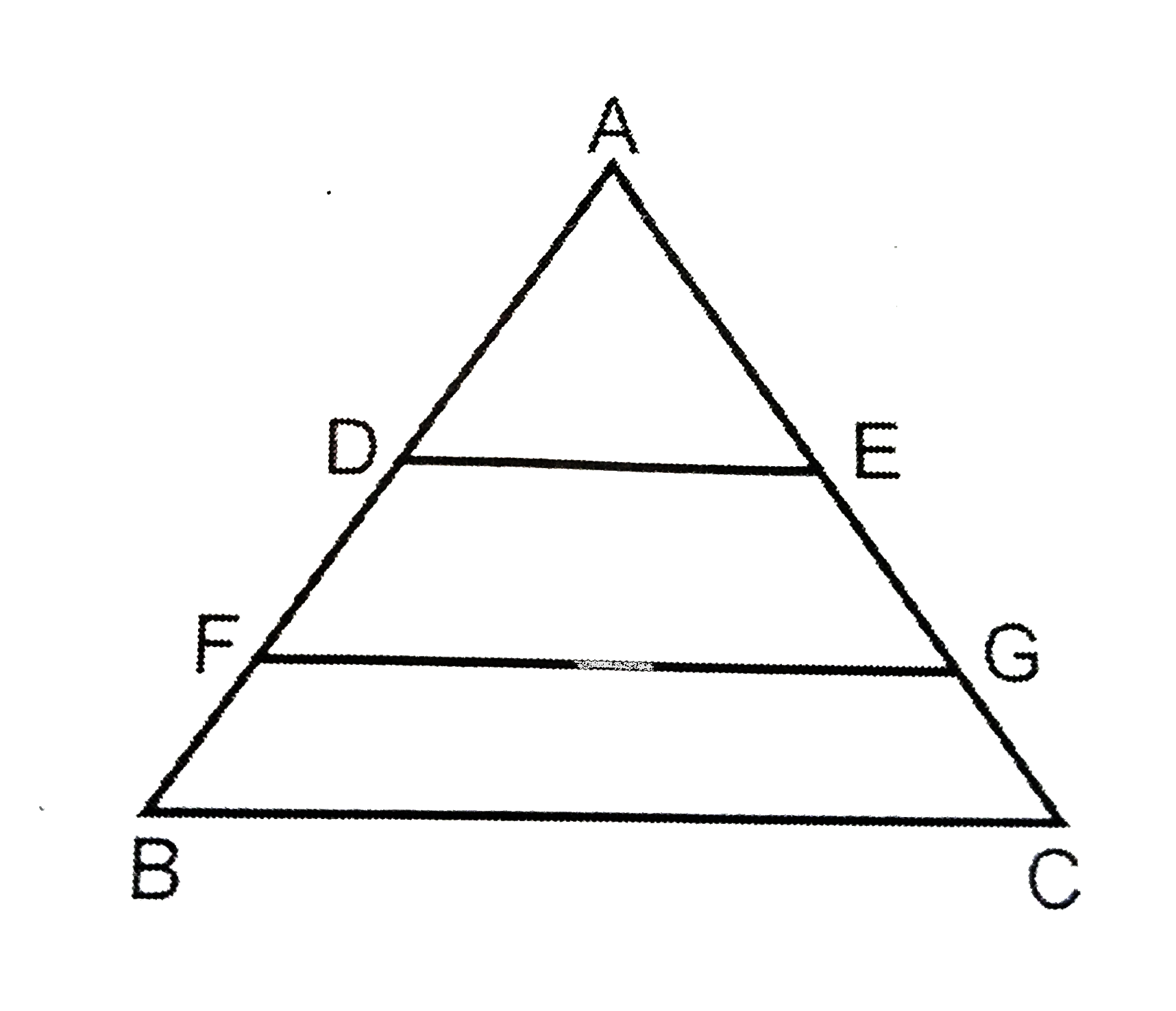
In ΔABC,D and E are the mid-points of AB and AC. Again, F and G are the mid-points of DB and EC, If BC=12,what is the length of FG?A4B6C8D9
Four point charges are placed at the corners of a square ABCD of side 10 cm, as shown in figure. The force on a charge of 1μC placed at the centre of square is
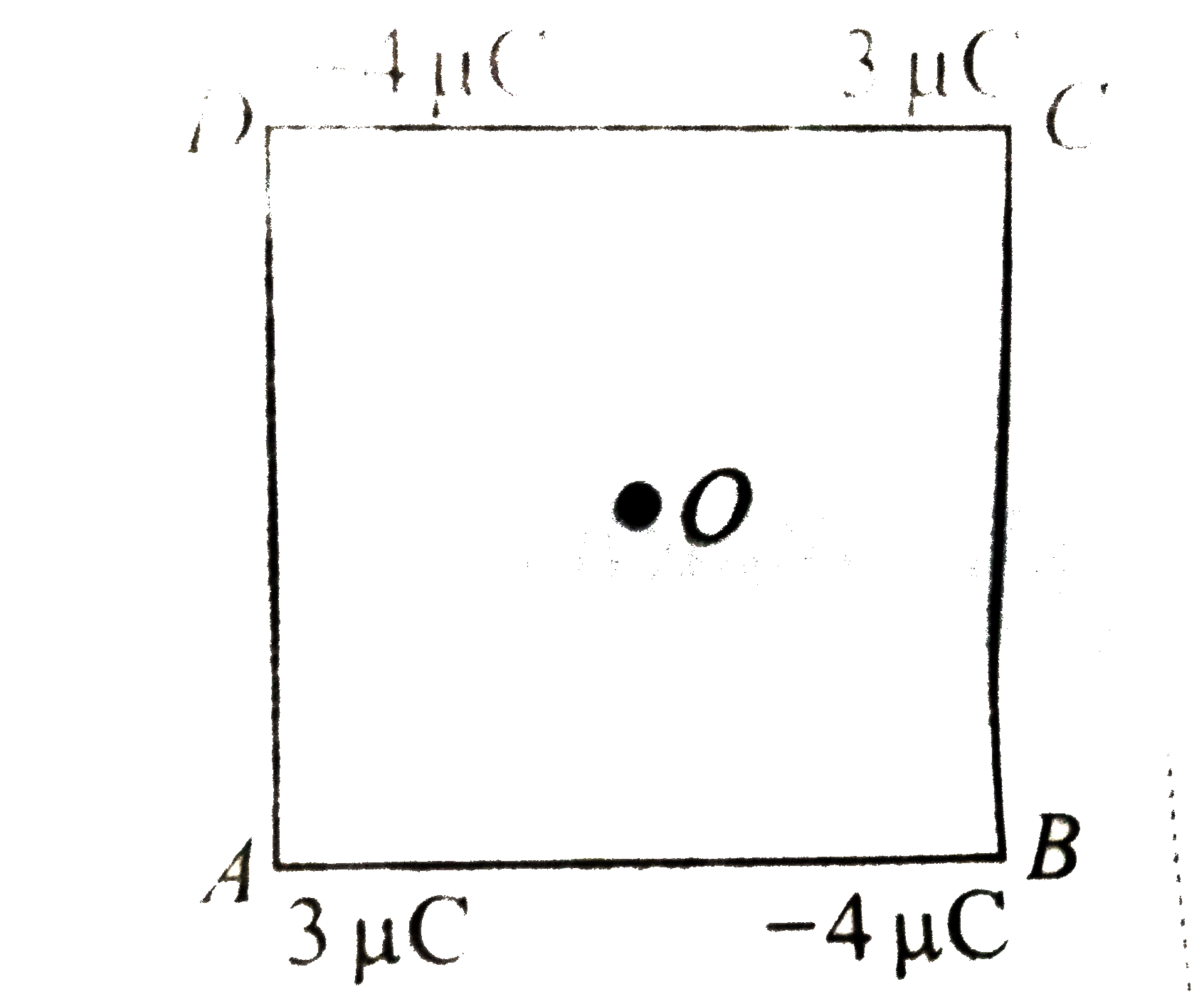
View SolutionIn a trapezium ABCD, if E and F be the mid-points of diagonal AC and BD respectively. Prove that EF=12(AB−CD).
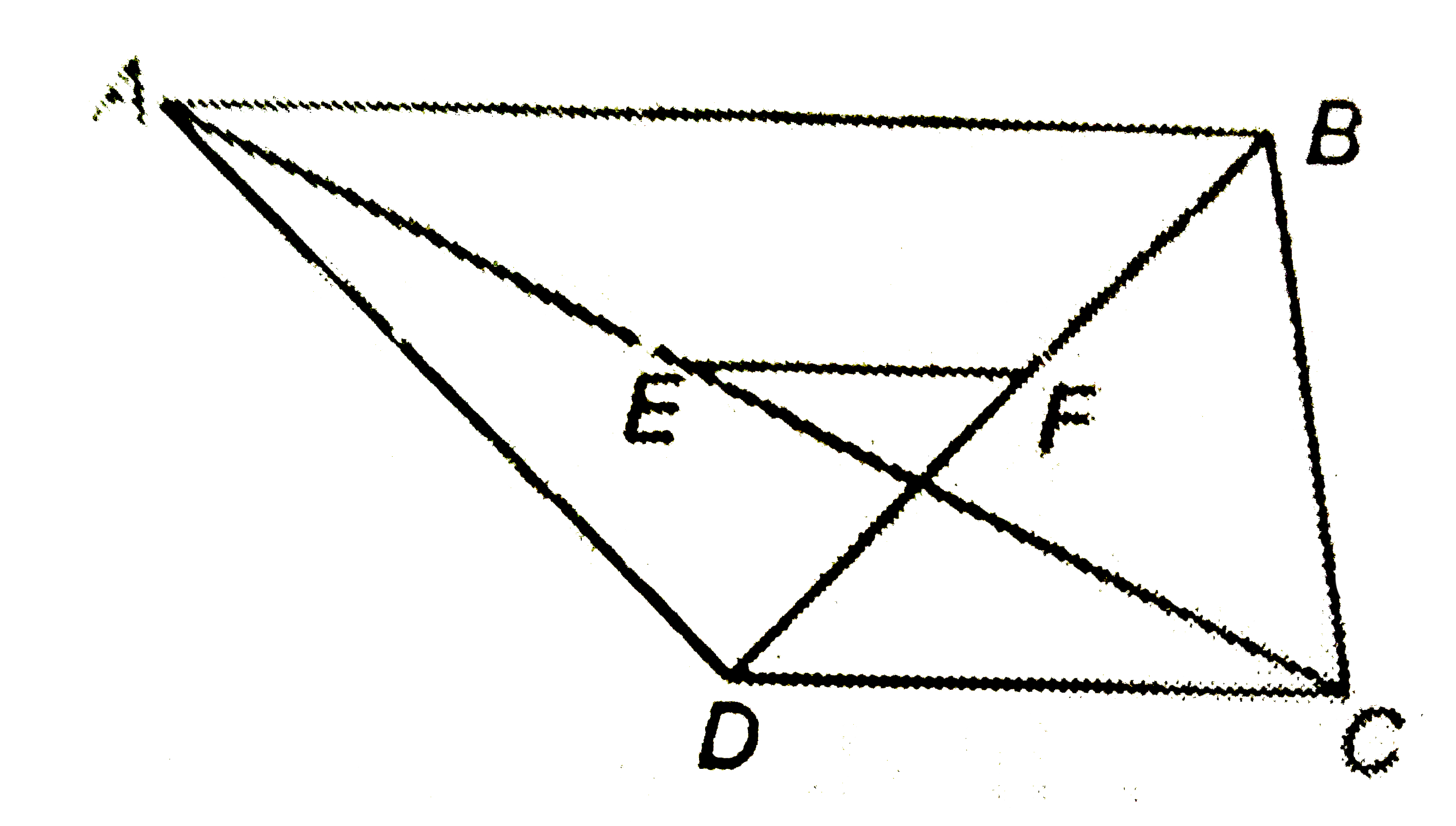
View SolutionIn ΔABC,AB=AC.D,Eand F are mid-points of the sides BC, CA and AB respectively . Show that :
AD is perpendicular to EF.
View SolutionIn ΔABC,D,E and F are mid-point of sides AB ,BC and AC respectively , Prove that AE and DF bisect each other.
View SolutionABCD is a quadrilateral in which AD = BC. E, F, G and H are the mid-points of AB, BD, CD and AC respectively. Prove that EFGH is a rhombus.
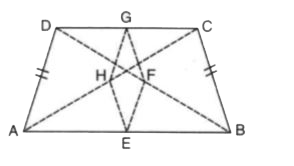
View SolutionIf D, E, F are respectively the mid-points of AB, AC and BC respectively in a ΔABC, then −−→BE+−−→AF=
View Solution